I've written an analyzer, and verified it was working.
[DiagnosticAnalyzer(LanguageNames.CSharp)]
public class ConstDiagnosticAnalyzer : DiagnosticAnalyzer
{
public const string DiagnosticId = "LocalizationTool";
private static readonly LocalizableString Title = new LocalizableResourceString(nameof(Resources.ConstAnalyzerTitle), Resources.ResourceManager, typeof(Resources));
private static readonly LocalizableString MessageFormat = new LocalizableResourceString(nameof(Resources.ConstAnalyzerMessageFormat), Resources.ResourceManager, typeof(Resources));
private static readonly LocalizableString Description = new LocalizableResourceString(nameof(Resources.ConstAnalyzerDescription), Resources.ResourceManager, typeof(Resources));
private const string Category = "Naming";
private static ResourceLocalizationRule localizationRule = new ResourceLocalizationRule();
private static DiagnosticDescriptor Rule = new DiagnosticDescriptor(DiagnosticId, Title, MessageFormat, Category, DiagnosticSeverity.Warning, isEnabledByDefault: true, description: Description);
public override ImmutableArray<DiagnosticDescriptor> SupportedDiagnostics { get { return ImmutableArray.Create(Rule); } }
public override void Initialize(AnalysisContext context)
{
context.RegisterSyntaxNodeAction(AnalyzeConstDeclaration, SyntaxKind.FieldDeclaration);
}
public static void AnalyzeConstDeclaration(SyntaxNodeAnalysisContext context)
{
var fieldDeclaration = (FieldDeclarationSyntax)context.Node;
if (false == IsValidConstDeclaration(context, fieldDeclaration))
{
return;
}
var firstVariable = fieldDeclaration.Declaration.Variables.FirstOrDefault();
var firstSymbol = context.SemanticModel.GetDeclaredSymbol(firstVariable);
context.ReportDiagnostic(Diagnostic.Create(Rule, context.Node.GetLocation(), firstSymbol.Name));
}
private static bool IsValidConstDeclaration(SyntaxNodeAnalysisContext context, FieldDeclarationSyntax fieldDeclaration)
{
if (false == fieldDeclaration.Modifiers.Any(SyntaxKind.ConstKeyword))
{
return false;
}
return true;
}
}
I've written a simple class which reports for analyzing const. This was underlining appropriately at one point. It's analyzer seems to be triggering because the resolution appears under Quick Actions, However the underlining is not working as seem in the image below
As you can see there are warnings that have no messages. Why are there no messages when I'm clearly appending a message

